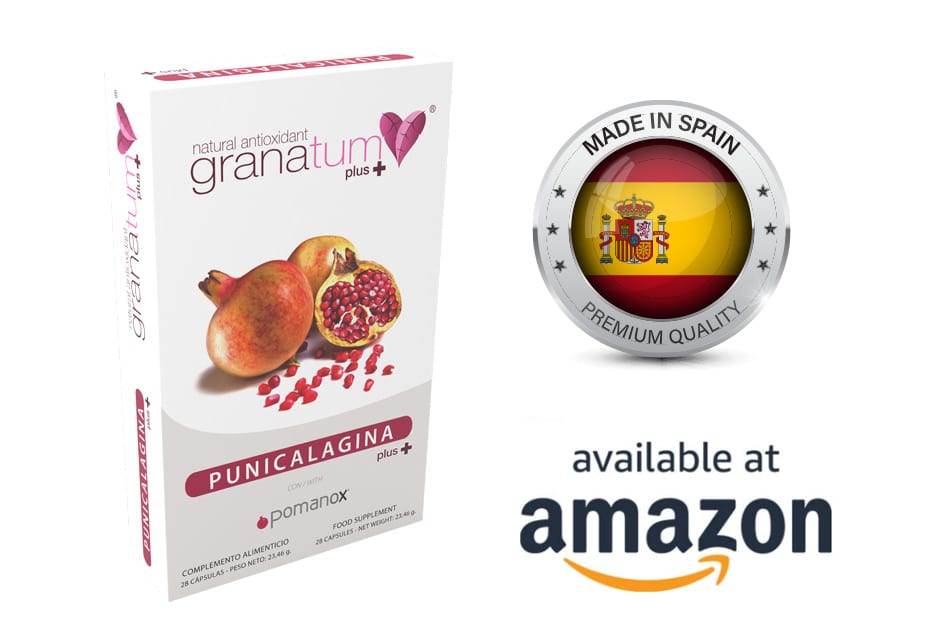
Polyphenols have received a great deal of attention due to their biological functions. Pomegranate (Punica granatum L.) is a polyphenol-rich fruit. In the past decade, studies testing the antimicrobial activity of pomegranates almost exclusively used solvent extracts instead of fresh pomegranate juice.
The use of fresh pomegranate juice instead of solvent extracts would reduce toxicity issues while increasing patient acceptance. We established a model to test pomegranate juice as a natural antimicrobial agent.
RESEARCH TITLE: Antibacterial activity of fresh pomegranate juice against clinical strains of Staphylococcus epidermidis
COUNTRIES: Mexico, USA
CONDUCTED BY: Área Académica de Nutrición, Instituto de Ciencias de la Salud, Universidad Autónoma del Estado de Hidalgo, Hidalgo, Mexico; Dale Bumpers National Rice Research Center, Stuttgart, AR, USA; 3Departamento de Microbiología, Escuela Nacional de Ciencias Biológicas del Instituto Politécnico Nacional, Mexico City, Mexico
PUBLISHED ON: Food and Nutrition
RESEARCH:
Background: Polyphenols have received a great deal of attention due to their biological functions. Pomegranate (Punica granatum L.) is a polyphenol-rich fruit. In the past decade, studies testing the antimicrobial activity of pomegranates almost exclusively used solvent extracts instead of fresh pomegranate juice (FPJ). The use of fresh pomegranate juice instead of solvent extracts would reduce toxicity issues while increasing patient acceptance. We established a model to test pomegranate juice as a natural antimicrobial agent.
Objective: To evaluate the antimicrobial activity of pomegranate juice on clinical isolates of multidrug-resistant Staphylococcus epidermidis strains.
Design: Sixty strains of S. epidermidis isolated from ocular infections were grown in the presence of pomegranate juice, and minimum inhibitory concentration (MIC) was determined by broth and agar dilution methods.
Results: pomegranate juice at 20% had a MIC equal to 100% (MIC100%) on all 60 strains tested. This inhibition of pomegranate juice was confirmed by the growth kinetics of a multidrug-resistant strain exposed to different concentrations of pomegranate juice. Additionally, the antimicrobial activity of pomegranate juice was compared against commercial beverages containing pomegranate: pomegranate juice had the highest polyphenol content and antioxidant capacity.
Conclusions: Overall, pomegranate juice had antimicrobial activity, which might be attributed to its high polyphenol content and antioxidant capacity.
The antimicrobial activity of pomegranate juice on pathogenic bacteria described here could provide an alternative natural antibacterial treatment, although further studies should be conducted on a wide variety of bacteria and direct relationships established between antimicrobial activity and polyphenols. Identification of the antimicrobial agents in pomegranate juice could also yield valuable information.
YEAR: 2015
